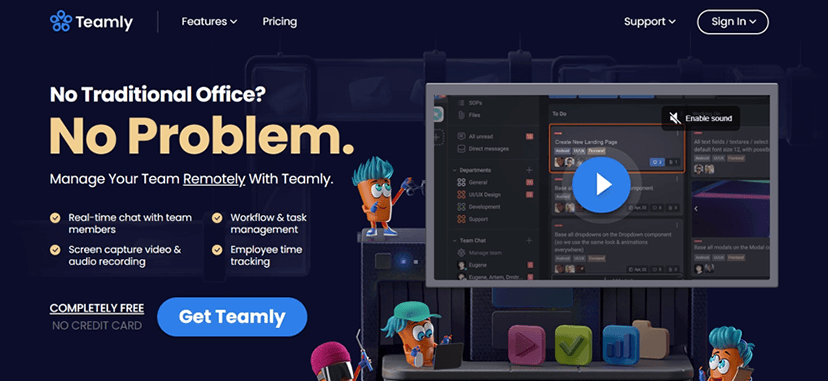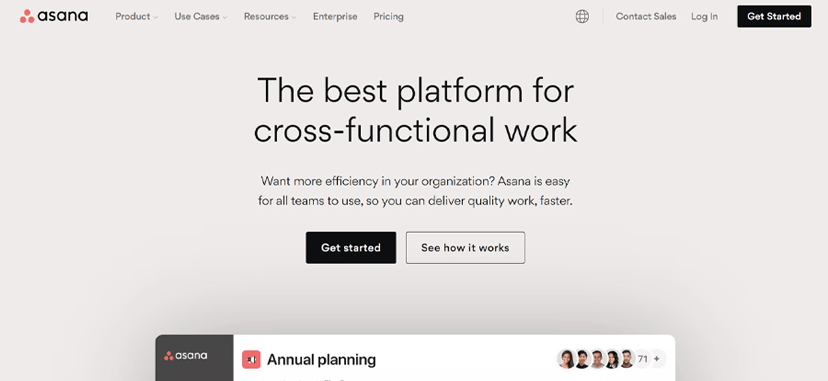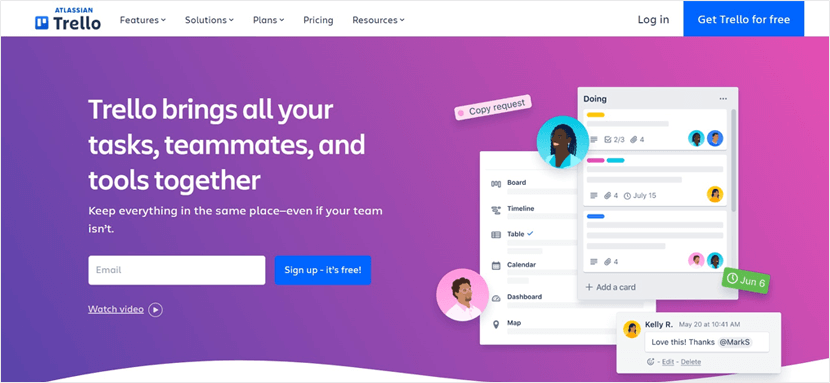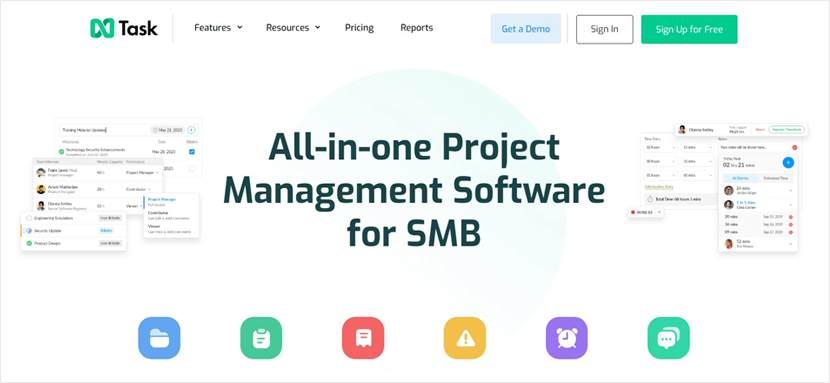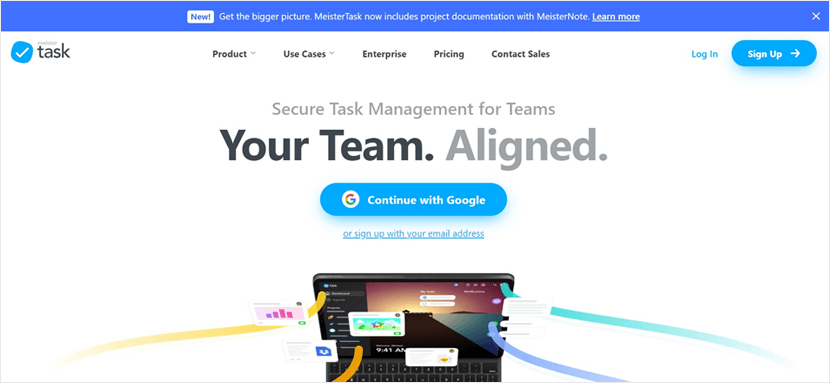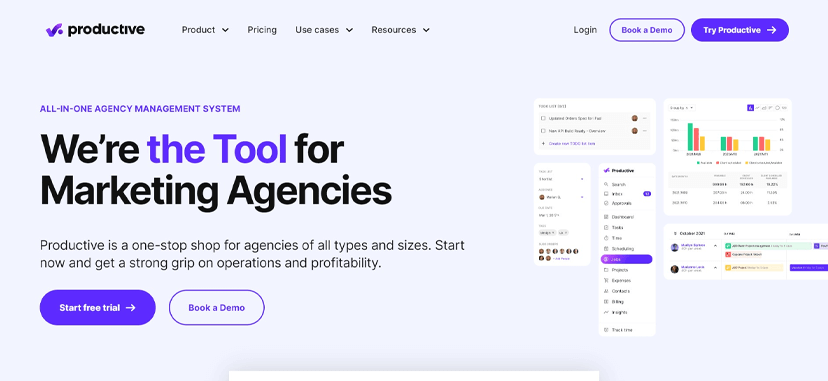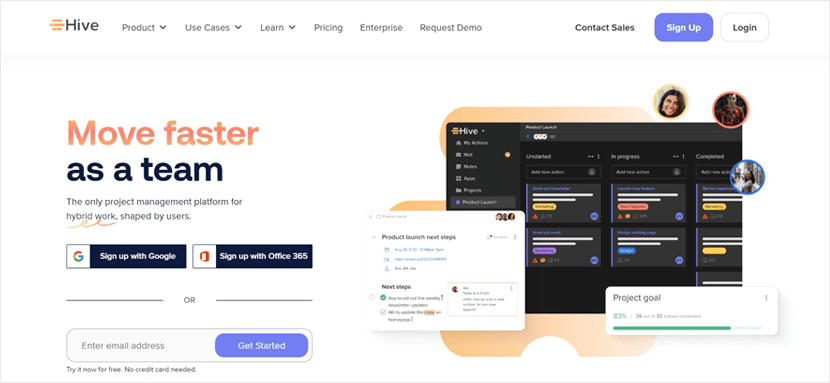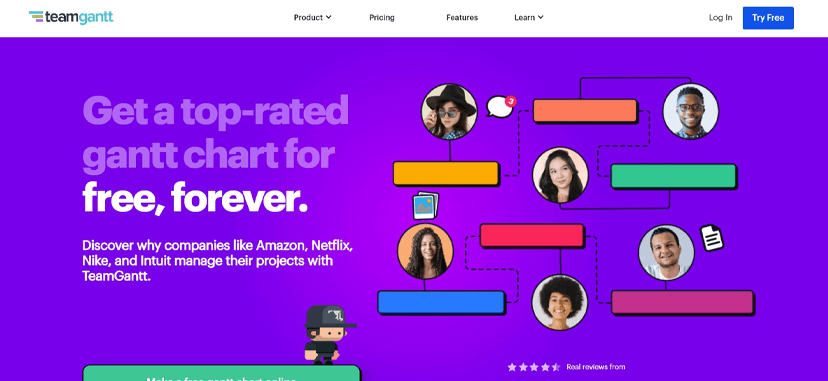It’s so easy to lapse into a daydream over all the things we’d like to be doing in our life. Maybe on a walk with the dog around the block, you start to fantasize about the new career you want to break into, the second home you want to purchase or the dream vacation you hope to take someday. And on the way, you see your neighbors achieving so much. They’re buying new cars, expanding their homes, and growing lush green gardens.
It can feel like salt in the wounds when you finish the loop and return to your own life that looks pretty much the same as it did a decade ago: the same income, the same job, the same beat up car. It’s so common to put forth an honest effort yet feel as though life is just going in circles.
If you’re wishing to make a big change or pursue goals, the good news is that all these dreams are not far away castles in the clouds. Achieving goals and pursuing dreams is about getting practical and establishing systems. It’s about following an action plan.
Whether our goals are career or health related, or something else entirely, a simple practical approach is key to getting there. Let’s look at the six essential steps of an action plan, and then some examples for achieving goals in all areas of our lives.

The 6 Steps in Every Action Plan
An action plan is simple and intuitive. The problem for many is that they do not make the effort to put one into place. Rather than working towards goals, they instead spiral into patterns of procrastination or stagnation. And so simply following a plan places you a cut above the rest. The following six steps cover the essentials to any action plan.
Step 1: Name the Goal
The first step in an action plan is to identify and transcribe the real goal. This may sound so basic, yet it’s so often the case that a goal is never clarified or broken down into specifics.
For example, maybe someone sets out with a goal to lose weight. When she really digs down into her motivations, however, she discovers that her actual objective is to develop an active lifestyle that includes recreational activities like biking and skiing. This is a very different goal than simply reducing the number on the scale. While weight loss may be fundamental to achieving this true goal, it certainly isn’t the only criteria.
Once the true goal is identified, the next step is to outline some parameters around it. This makes it possible to understand whether or not the goal has truly been achieved. A goal to “lose weight,” for example, is so vague that it’s impossible to determine whether or not it’s been attained. The SMART formula is effective at this stage. This is an acronym that stands for specific, measurable, achievable, relevant and time-bound. A goal that fulfills these five criteria is both meaningful and measurable.
A final component to this first step is to transcribe the goal and place it in a visible location, such as a bulletin board or screen saver. This not only crystalizes the objective, but it also instills the goal into the subconscious. Your energy centers around the goal, and you attract those circumstances and persons necessary to achieve it.
Step 2: List Tasks & Obstructions
Once the goal has been sufficiently identified, the next step is to list all of the tasks needed to achieve the goal. These tasks cannot be general, but rather must be specific and measurable. Take the goal of losing weight. The task of “exercise regularly” is too vague, and can be revised to something more specific such as “walk for 30 minutes every day.”
This is also the point at which to identify obstructions alongside corresponding solutions. Mental block is a common obstruction to achieving a goal. When a goal requires doing something for the first time, fear of the unknown can cause people to stop dead in their tracks. Obstructions also can be budget or skill related. If someone doesn’t have the proper skills or sufficient funds, then the goal is impossible. And so it’s necessary to identify these obstructions and then come up with creative solutions. This could mean receiving training in a new skill, or engaging in exercises to get unstuck.
Step 3: Prioritize the Action List
The first draft of the task list usually covers an enormous number of tasks. It’s often the case, however, that only a few of these activities are critical to achieving the goal. As an action plan seeks to complete a goal as fluidly and efficiently as possible, it eliminates busywork and accentuates those tasks that advance you toward the finish line.
One method for ferreting out critical tasks is to answer the question, “If I could just complete one task, which one would bring me closest to my goal?” Once this task is identified, ask the question again of the remaining tasks, until 20% of the tasks have been singled out. This is the essence of the 80/20 rule, or Pareto Principle, which says that 20% of the tasks drive 80% of the results.
While this planning can be time consuming, in the long run it saves time. It means that every task is meaningful and resources are utilized wisely.
Step 4: Assign Work Sensibly
In the interest of saving money, it’s tempting to try and do everything yourself. But this may not be the best use of resources. Sometimes outsourcing makes more sense. When work is delegated with precision, it means that the person with the most suitable skill set is assigned to a task. It ensures quality, and saves time and other resources in the long run.
Step 5: Set a Deadline
Once the critical tasks are known, it’s possible to sketch out a realistic time frame. A deadline ensures that critical tasks are completed and that the workflow progresses steadily. It creates momentum and drive. If you don’t meet the deadline, however, it doesn’t mean you’ve failed. It’s simply an indication that the initial estimates were off, and that readjustments are necessary.
Step 6: Reflect & Adjust
Most every action plan requires adjustments as things proceed closer to the goal. As new information is gathered, it may become apparent that a pivot is necessary. Through periodic reflections, it’s possible to make a proper evaluation and adjustment of either the budget, task list, or timeline.
And this summarizes the six essential steps of an action plan. This methodical approach means all energy and resources are prudently dedicated toward achieving the goal. Now let’s look at some examples of what an action plan might look like in various areas of our lives.

Example 1: Business Development
For this example, let’s consider a service business that aspires to rebrand itself in order to attract a higher-income clientele and so increase its overall revenue.
Step 1: Name the Goal
This first step is to define the goal with precision. Rather than state the goal as something like, “Find clients in a higher income bracket,” a SMART goal is specific, measurable, attainable, realistic and time bound. This could be something like, “Re-brand coaching business over the next six months with the aim to attract clientele who earn $100K+ a year. Within 18 months, these clientele will constitute a majority in the business, and the overall yearly revenue will have increased by 30% above the current revenue.”
Step 2: List Tasks & Obstructions
This next step is to identify each and every specific task necessary to achieve the goal, and would include things like refresh copy, update photos and select brand colors and fonts.
These tasks need to be specific and measurable. For example, market research and marketing are central toward achieving this goal. However, “create a marketing plan” is far too vague. A better task would be, “select three social media platforms for building and propagating the brand.”
This is also the stage for identifying obstructions and exploring solutions. Perhaps the business owner is not a skilled photographer, or has budget constraints. One way to get around these constraints is to offer free coaching services to a local photographer in exchange for his or her skills.
Step 3: Prioritize the Action List
This stage means parsing through the task list and identifying what actions are really going to draw in and keep the target clientele. It’s quite possible that things like font, logo and brand colors would fall further down on this task list. While market research; digging down to understand what the target clientele really wants and then drafting a marketing plan that attracts them; would certainly be first and foremost.
Step 4: Assign Work Sensibly
Again, few of us have a skill set that mirrors a Swiss army knife. As much as we’d like to do it all ourselves, we don’t have the time or the talent to achieve everything on the task list on our own. This step, then, means delegating work with prudence. What other resources might be utilized in order to achieve the goal within the given time and budget constraints? This might mean hiring a virtual assistant to run social media and a copywriter to re-refresh website copy.
Step 5: Set a Deadline
With the critical tasks identified, it’s time to establish realistic yet firm timelines. Without a deadline, a goal like rebranding could drag on forever. Some key milestones might include completing market research, launching the new website and implementing the marketing plan.
Step 6: Reflect and Adjust
Once the action plan is underway, plenty of adjustments will be called for. Perhaps the marketing plan isn’t connecting to the target audience. It may be necessary to return to the drawing table, looking carefully at statistics and market research, then tweak the plan going forward.
And this summarizes what a rebranding action plan might look like. Let’s move onto an action plan for a personal health goal.

Example 2: Personal Health
For this next example, let’s consider a goal to improve overall health and fitness.
Step 1: Name the Goal
The first step is to dig down and identify the true objectives, then outline the goal with precision. In this instance, let’s say the individual aims to improve his health in order to increase his lifespan and his ability to participate in lifetime sports such as skiing and tennis. The objective, then, is to both lose weight, improve diet, and strengthen core muscles. A SMART goal might be stated as, “Over the next twelve months, lose twenty pounds, eliminate carbs from my diet while increasing fruit and fiber, and visit the gym four times a week.”
Step 2: List Tasks & Obstructions
This next step is to list all of the steps necessary to achieve the goal. Many of these tasks are fairly straightforward, such as sign up for a gym membership, purchase gym clothes, outline healthy meal plans and research healthy recipes.
A key component at this stage is also to identify obstructions and solutions. Perhaps a busy work schedule makes regular exercise difficult. A solution might be to start the workday thirty minutes later a few times a week in order to fit in a morning workout. If the obstruction is diet related, then maybe joining a weekly group such as Weight Watchers is the answer to keeping on track.
Step 3: Prioritize the Action List
This stage is about looking over the task list and answering the question, “If I could only select one of these tasks, which one would be most critical toward achieving the goal?” over and over again until the top 20% of the tasks have been identified. Perhaps the most important tasks are getting to the gym and eating healthy meals, while purchasing the perfect pair of sneakers drops to the wayside.
Step 4: Assign Work Sensibly
Naturally with a fitness goal, much of the work must be completed by the individual and cannot be delegated. However, if the goal is a team effort, say between spouses, then perhaps one individual is more suited to completing some of the tasks than another. Maybe one person prepares healthy meals, or the two juggle workloads so as to allow each other time to visit the gym.
Step 5: Set a Deadline
Ideally, a long-term goal is broken down into short bursts of work. This allows for focus and also the space to pivot and reflect. For this example, the goal of losing twenty pounds over a year might be broken down into losing five pounds every three months.
Step 6: Reflect and Adjust
The final step is to pause regularly to assess. After six weeks of implementing the action plan, perhaps the weight loss isn’t happening, or the diet plan is too difficult. Staying on track may require taking a new approach.

Example 3: Professional Development
In this final example, let’s consider the goal of a Certified Financial Planner (CFP) to break away from a corporate position and establish an independent practice.
Step 1: Name the Goal
A SMART way to state this goal is, “Transition into independent employment as a CFP over the next nine months, with the objective to regain my current income level within two years.”
Step 2: List Tasks & Obstructions
Some of the tasks toward working independently as a CFP would include acquiring necessary licensing, finding a new office, and researching ways to market and solicit business. Purchasing office equipment would also be on order, as well as possibly hiring a VA or bookkeeper. One clear obstruction to reaching this goal would be regulations around soliciting business from current clients.
Step 3: Prioritize the Action List
At this point the 80/20 rule comes into play. What tasks are the most important? Which can be deferred? Licensing and marketing would be critical, while hiring additional help might not be necessary right away.
Step 4: Assign Work Sensibly
Once the critical tasks are outlined, the next step is to delegate. Perhaps the clerical work could be outsourced to a VA.
Step 5: Set a Deadline
With the critical tasks laid out, this step determines milestones. Is nine months a reasonable target date?
Step 6: Reflect and Adjust
And the final step is to reflect periodically. Is the marketing plan attracting clients? If not, perhaps a new approach is necessary.
Conclusion
We have dreams and aspirations in all areas of our life. Oftentimes, a life milestone such as a 40th birthday or the birth of a child triggers us to set out to tackle life goals.
However, unless goals are approached methodically, they often can be out of reach. They can seem overwhelming, and you may not attempt them at all.
With an action plan, the impossible becomes attainable. An action plan makes goals practical and reachable. This plan not only specifies the true goal, it also charts a realistic path toward getting there.
What is one goal you’d like to reach over the next twelve months?










